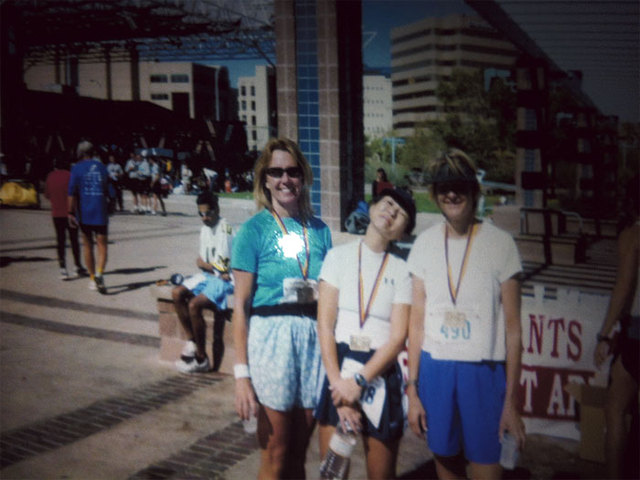Remembering Mary Han
Civil Rights Lawyer’s Family Sues Apd And The City


Mary Han
Courtesy of Rosario Lynn Vega

Maripat Glover, Mary Han, and Ann Stevenson celebrate completing a marathon.
Courtesy of Colin Baugh



